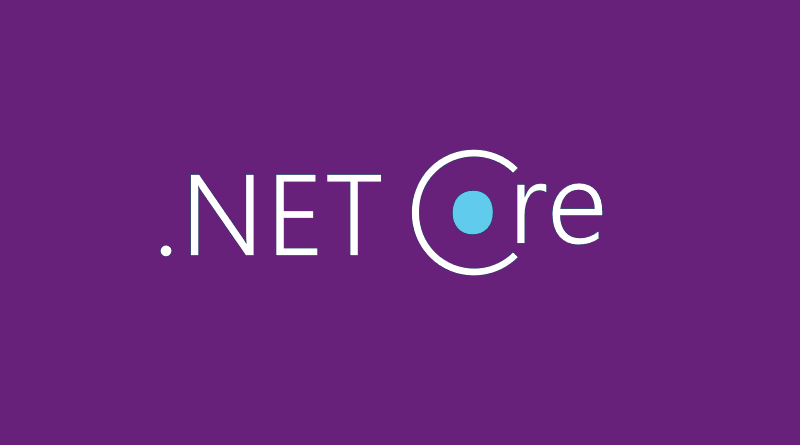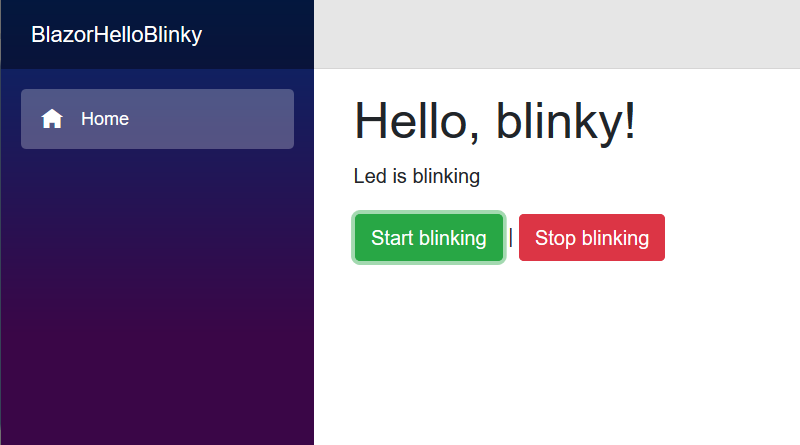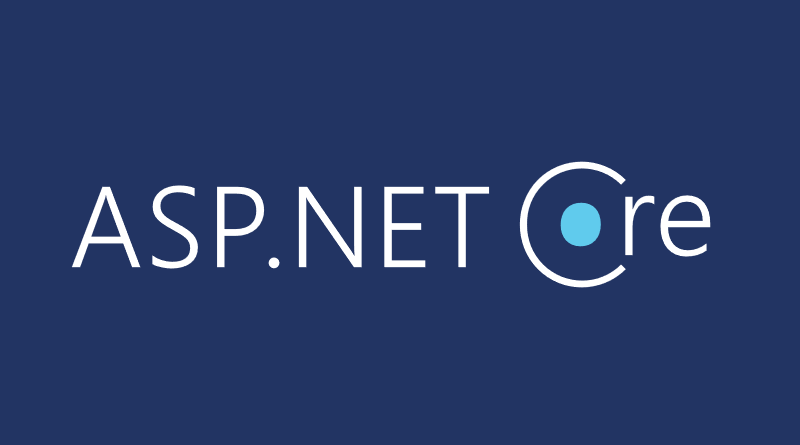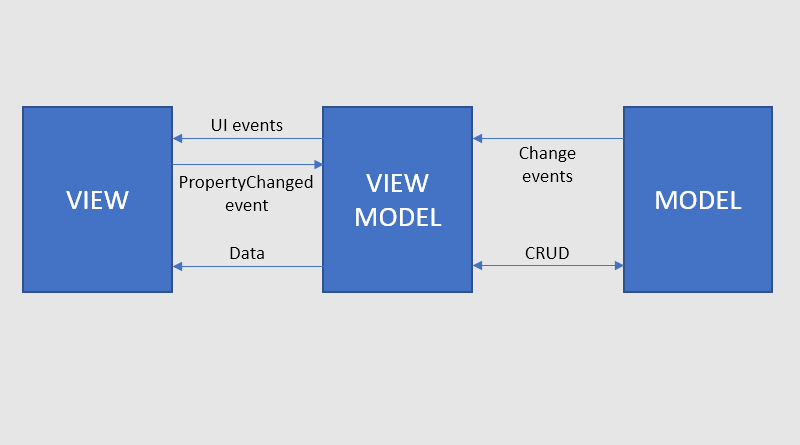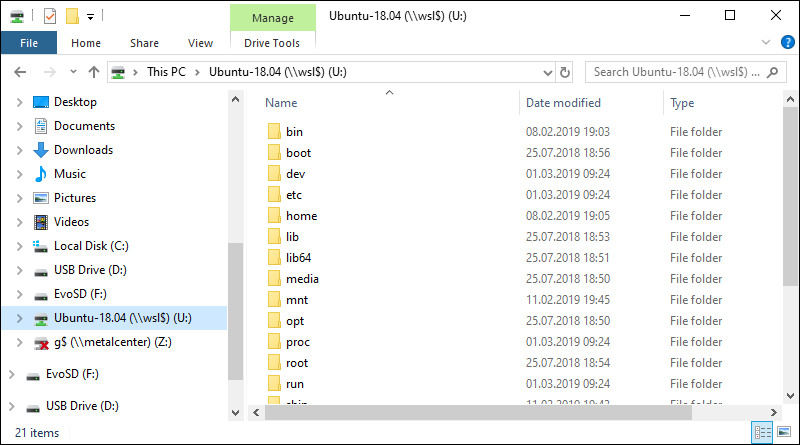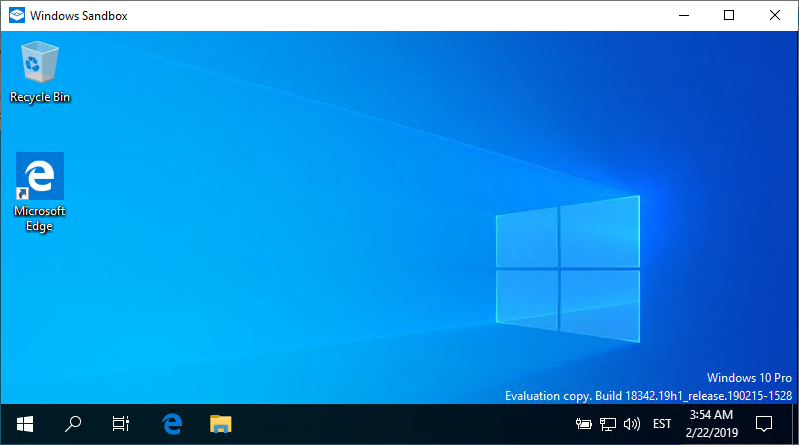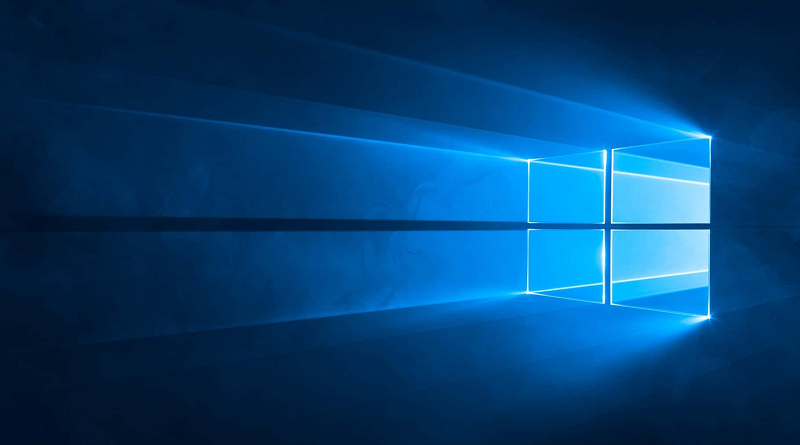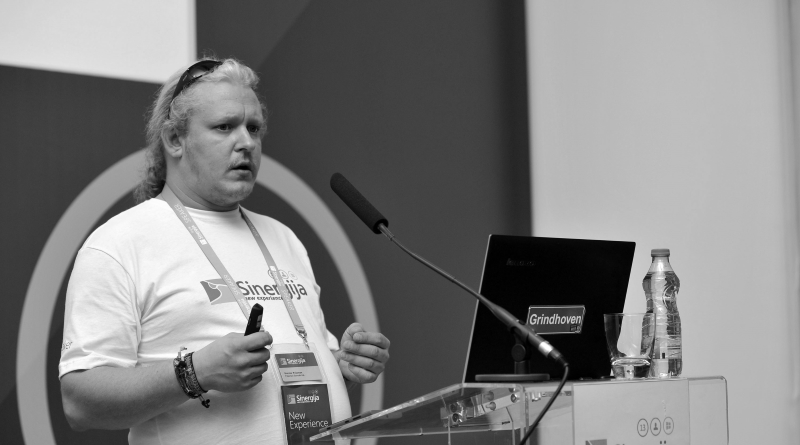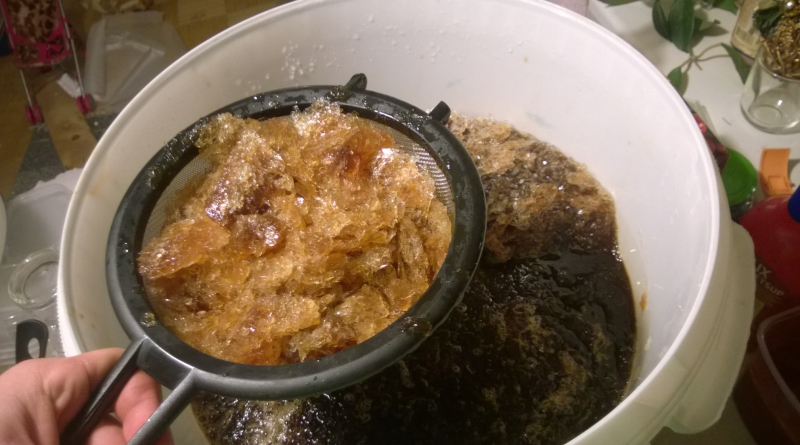Using Windows Forms DataGridView in .NET Core 3.1
Windows Forms is coming to .NET Core and last version of Visual Studio 2019 Preview comes with form designer built in. There are basic controls available in toolbox but not all out-of-box controls have made their way there. One of these is DataGridView. Although not shown in toolbox, DataGridView still works like expected. Here’s how I made it work.
Read more
